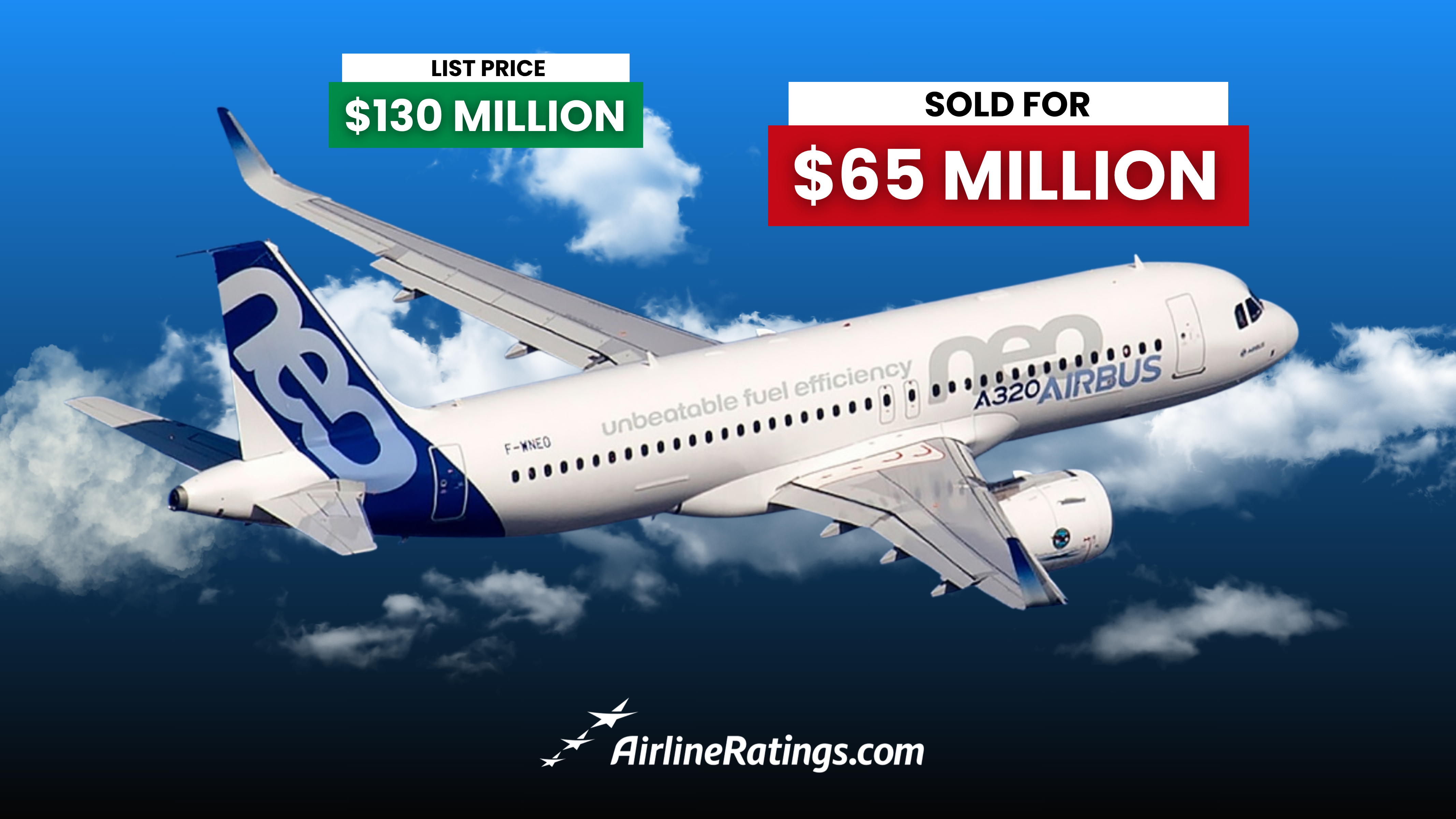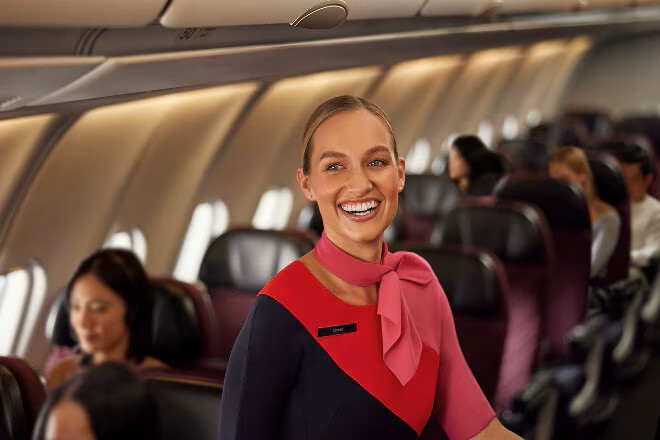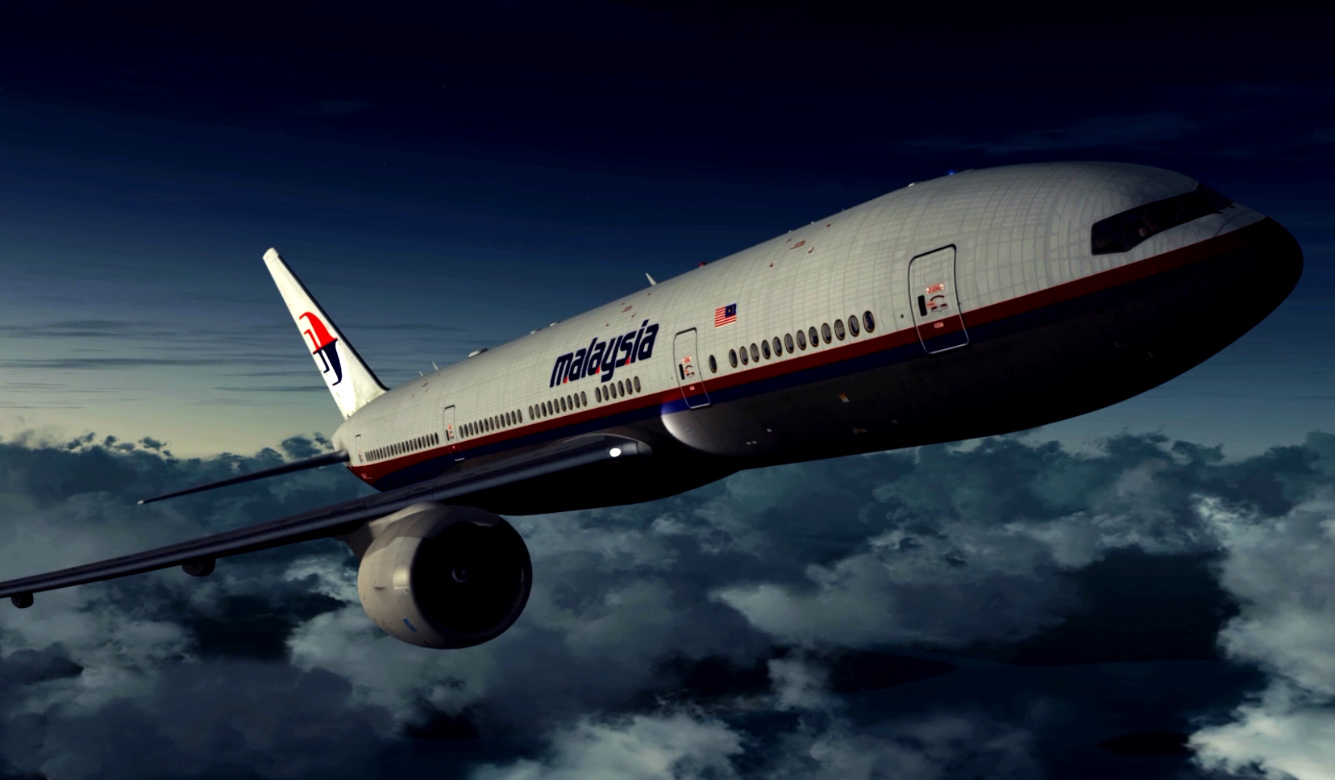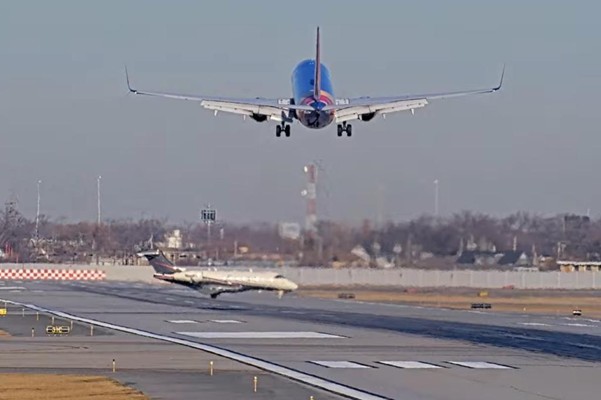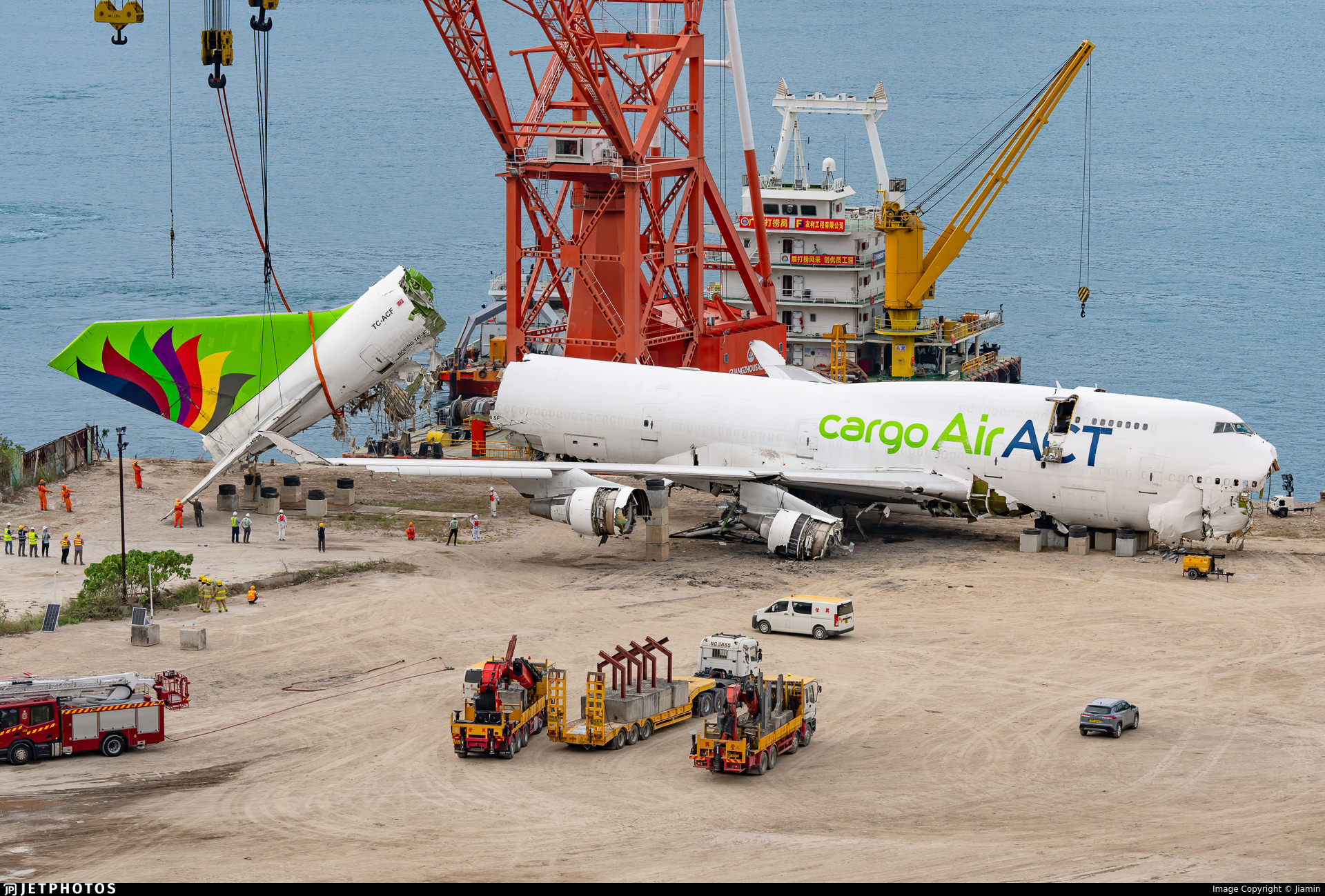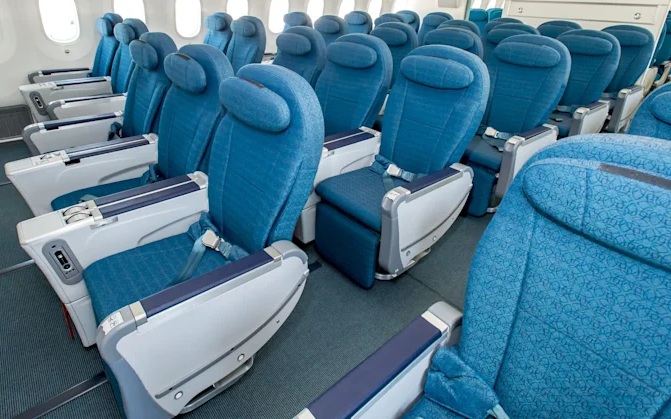
By Dev Lunawat
Published Thu Oct 16 2025
When Airbus announces a new jet, the official list price often makes headlines. The A350-1000, for example, is officially priced at more than USD 360 million. Yet everyone in the aviation industry knows that no airline actually pays that amount.
Aircraft manufacturers routinely offer discounts of 40-60%, and sometimes even more for strategic deals. That leads to an intriguing question: if Airbus sells its planes at such deep discounts, how does it still turn a profit?
The answer lies in the way Airbus has built a global aviation ecosystem where aircraft sales are only the beginning. The company earns money through scale, efficiency, services, financing, and long-term customer relationships that extend well beyond the initial sale.
The Truth Behind List Prices
Just like Boeing, Airbus publishes official catalogue prices for each aircraft model. These figures serve more as reference points for negotiations and public perception rather than actual transaction values.
When Airbus listed the A321Neo at around USD 130 million, most airlines knew they would never pay that amount. Real-world deals often range between USD 50 and 70 million depending on factors such as order size, timing, and customer loyalty. Widebody jets can sell for roughly half their published price.
The reason is simple. Airlines operate on thin profit margins and make fleet decisions based on lifetime operating cost, not just purchase price. Airbus uses discounts as a strategic tool to win large orders, lock in customers, and secure long-term maintenance and service contracts that can be far more lucrative over time.

Why Selling Cheap Can Still Be Smart Business
The global commercial aircraft market is essentially a two-player game dominated by Airbus and Boeing. Market share is crucial because airlines tend to stay loyal once they commit to a particular fleet type.
By offering attractive prices, Airbus ensures that airlines choose its aircraft over its American rival. Each sale is not just a transaction but an entry point into a decades-long relationship that includes pilot training, maintenance support, and spare parts supply.
Even when an aircraft is sold at a modest margin, Airbus gains something far more valuable: long-term customer retention and recurring revenue. Every A320Neo delivered today guarantees a steady stream of business for decades through upgrades, parts, and technical support.
READ: The Airbus A350 - Aviation’s Biggest Gem
Economies of Scale and the Power of Volume
Airbus’s ability to remain profitable despite discounted sales is largely due to its production scale. Once a new aircraft type enters full production, the cost of building each additional unit drops significantly.
The company’s global production network is designed for efficiency. Components are built across Europe and shipped to final assembly lines in Toulouse, Hamburg, Tianjin, and Mobile. As production volume increases, suppliers offer better pricing, logistics improve, and processes become more automated.
The fixed development costs of programs like the A350, which cost around USD 15 billion to create, are spread across hundreds of units. By 2026, Airbus aims to produce 75 A320-family aircraft per month, a scale that dramatically improves cost efficiency and cash flow.
In simple terms, selling more aircraft even at lower prices, often yields better overall profitability than selling fewer at higher prices.

Cash Flow Through Advance Payments
Another key advantage lies in Airbus’s cash management. When airlines place orders, they typically pay a series of deposits years before delivery. These pre-delivery payments, often totalling 10 to 30 percent of the aircraft’s value, provide Airbus with billions in upfront cash to fund operations and development.
This system ensures steady liquidity and reduces reliance on external financing. Even if the profit per aircraft is modest, the timing of payments and the sheer volume of deliveries make the business financially strong.
The Real Money: Services, Maintenance, and Parts
The sale of an aircraft is only the beginning of a long revenue chain. Over its 25 to 30-year lifespan, an airliner will generate far more income for Airbus through maintenance, spare parts, software, and pilot training.
Airbus’s “Services by Airbus” division has become a major revenue pillar. It offers everything from predictive maintenance programs to flight operations software and cabin retrofits. In 2024, services brought in more than USD 6 billion, and that figure is expected to double by 2030.
Margins in this sector are much higher than in aircraft manufacturing. While Airbus might earn a single-digit margin on a discounted aircraft sale, it can achieve margins above 20 percent on aftermarket services.
By embedding itself in every stage of an aircraft’s operational life, Airbus turns a one-time sale into a recurring revenue engine.

Leasing and Financing: Keeping the Production Lines Moving
Not all airlines have the financial power to purchase aircraft directly. More than half of the world’s fleet is leased rather than owned. Airbus benefits from this trend through close partnerships with global lessors such as Air Lease Corporation, SMBC Aviation Capital, and others.
These leasing companies often place large bulk orders, ensuring stable production schedules for Airbus. Even though such orders come with deep discounts, they guarantee steady output and predictable cash flow.
Airbus also supports financing through export credit agencies and its own capital services, helping emerging airlines secure aircraft without bearing the entire financial burden upfront. This dual role as both manufacturer and facilitator strengthens Airbus’s global market reach.
Extending Value Through the Used Aircraft Market
Airbus’s involvement does not end once an aircraft is delivered. The company actively supports resale and conversion programs that give its older models new life.
The A330 passenger-to-freighter (P2F) conversion program is a prime example. By converting retired passenger jets into cargo aircraft, Airbus generates additional revenue from engineering and certification while promoting sustainability.
A strong secondary market also boosts the residual value of Airbus aircraft, which encourages airlines to invest in its fleet with greater confidence.

Competing with Boeing: Discounts as Strategy
Airbus and Boeing are locked in constant competition for airline orders. Winning a single fleet campaign can secure decades of loyalty from a major carrier. During these bidding wars, both companies use aggressive pricing as a weapon.
For instance, when IndiGo placed a record 500-aircraft order in 2023, Airbus reportedly offered substantial discounts. But the long-term rewards were immense. IndiGo’s fleet standardization on the A320Neo family ensures Airbus will supply thousands of parts, updates, and services over the next two decades.
Maintaining global market share is more valuable than maximizing short-term margins. Every Airbus that takes flight strengthens the brand’s presence and ensures future opportunities for services and replacement sales.
Controlling Costs from the Ground Up
Behind every aircraft stands a vast network of suppliers. Airbus manages this global chain with precision, negotiating long-term contracts and encouraging shared investment in new programs.
By focusing on “design-to-cost” strategies, Airbus engineers aircraft that are cheaper to build and maintain without compromising performance. This philosophy has helped models like the A321Neo and A350 remain both technologically advanced and economically viable.
Innovation as a Profit Driver
Technological leadership allows Airbus to justify its prices, even when discounted. Newer aircraft like the A321XLR and A350 offer significant fuel savings, lower maintenance costs, and extended range, making them highly attractive to airlines.
This strong demand enables Airbus to maintain production stability and command better resale values. Innovation, therefore, becomes not just a technical advantage but a financial one.
A Global Industrial Strategy
Airbus’s global manufacturing footprint also helps it remain profitable. Final assembly lines in China and the United States give Airbus local access to key markets while reducing logistics costs and political risks.
Local production fosters government goodwill, helps win large national orders, and stabilizes supply chains. This international balance has been a critical factor in Airbus’s rise as the world’s largest aircraft manufacturer.
Profiting Beyond the Price Tag
Despite selling aircraft at what seem like huge discounts, Airbus remains financially healthy. In 2024, it reported more than EUR 5.8 billion in net income and delivered 735 aircraft, achieving an operating margin of around 10 percent.
Its success is built on efficiency, diversification, and long-term vision. The company makes money not simply by selling airplanes, but by controlling the entire ecosystem that surrounds them, i.e. production, services, financing, and lifecycle support.
For Airbus, each discounted aircraft is an investment in decades of future earnings. The discount is merely the opening move in a much larger game.
In Summary
The next time an airline announces a massive aircraft order worth billions at “list prices,” the real figure is likely far lower. But that does not mean Airbus is losing money.
By combining production scale, steady cash flow, service revenue, and financial partnerships, Airbus has created one of the most sustainable business models in global industry.
The aircraft may be discounted, but the strategy is not. Airbus profits because it plays the long game, i.e. earning not from what it sells today, but from what it sustains for decades to come
